The video game industry is still relatively young, but soon managed to create iconic characters that marked generations and shaped pop culture. From arcade to household and portable consoles, games have always captivated the public with unforgettable figures.
Not all the characters that reach this powerful status. For this, it takes more than a good story or a striking look – it is necessary to leave a lasting brand, be present in the affective memory of players and even evolve along with generations of consoles and fans.
7 more iconic video game characters of all time
Although it is almost impossible to elect the most iconic video game character of all time without creating controversy, there are names that stand out undeniably and are lovingly remembered by several generations of players. See below seven names that have extrapolated the boundaries of the game itself and are recognized even by those who have never held a control.
7. Kratos
Kratos, the protagonist of the “God of War” franchise (2005), has passed from a blood -thoroughly spartan warrior to a protective father.
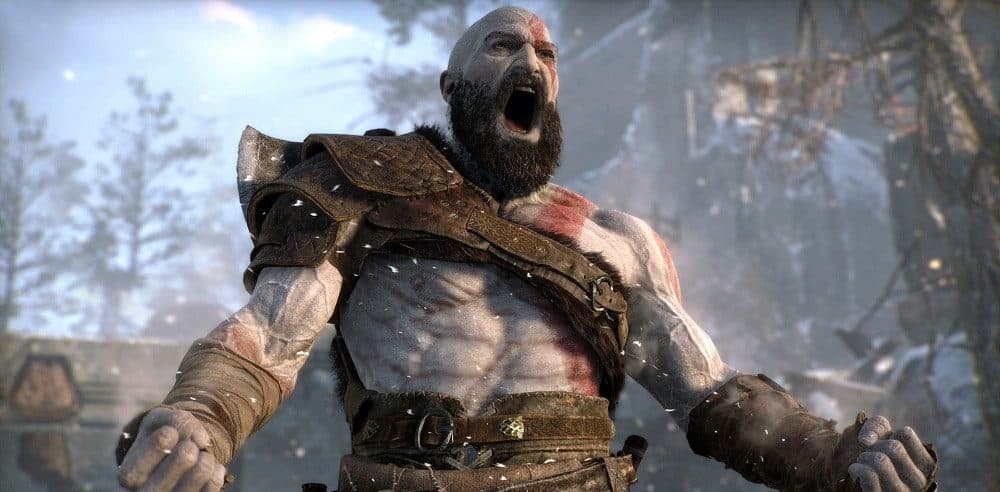
Throughout eight main games, as well as comics and books apparitions, his image has evolved dramatically. Initially known for his extreme violence and questionable attitudes, Kratos also moved part of the public with his motivations.
The rebirth of the saga in 2018 presented another side of the character, without erasing his essence. Still marked by anger, Kratos began to show maturity and wisdom, trying to be a good father to his son.
This transition yielded to the franchise some of the deepest stories in the video game industry, playing players by presenting a complex hero who faces his own demons above all.
6. Master Chief
John-117, better known as Master Chief, made his debut in “Halo: Combat Evolved” in 2001 and quickly became one of the most iconic characters of first-person shooting games.
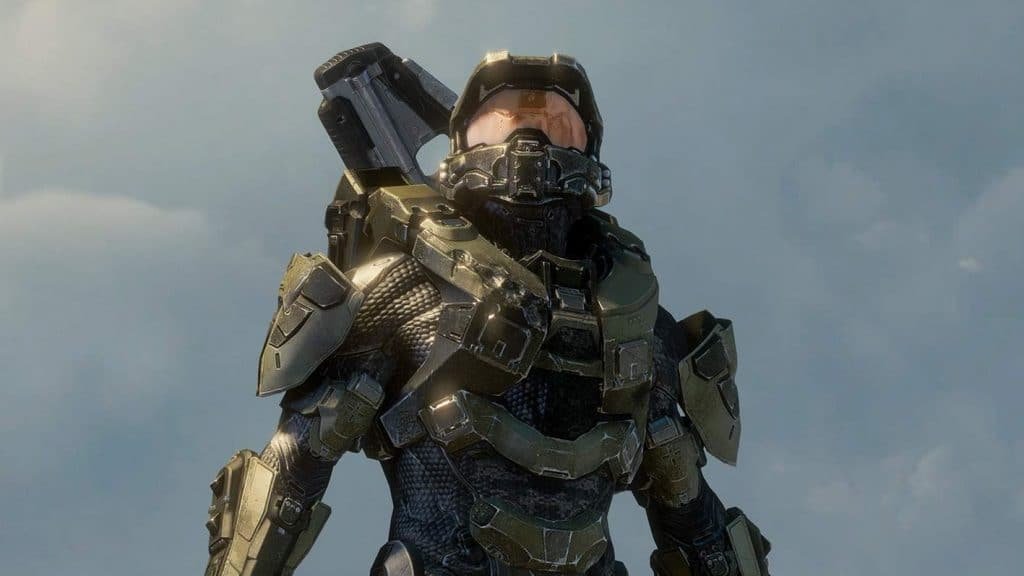
As a supersolder recruited in childhood, he was trained to face alien threats and starred in epic battles that helped define the genre – and that consolidated Halo as one of the most influential franchises in the video game industry.
Green gold armor has become the immediate symbol of the Xbox brand, and its design helped create the feeling of immersion, as any player could imagine behind the helmet.
The original trilogy was acclaimed by both gameplay and cinematic narrative, which led to the expansion of the Halo universe in books, comics, animations and even a TV series.
There are few protagonists who represent the fusion between intense action, science fiction and mythology of their own as Master Chief.
5. Link
Link, the hero of Nintendo’s “The Legend of Zelda” series, is one of the most emblematic characters in video games.
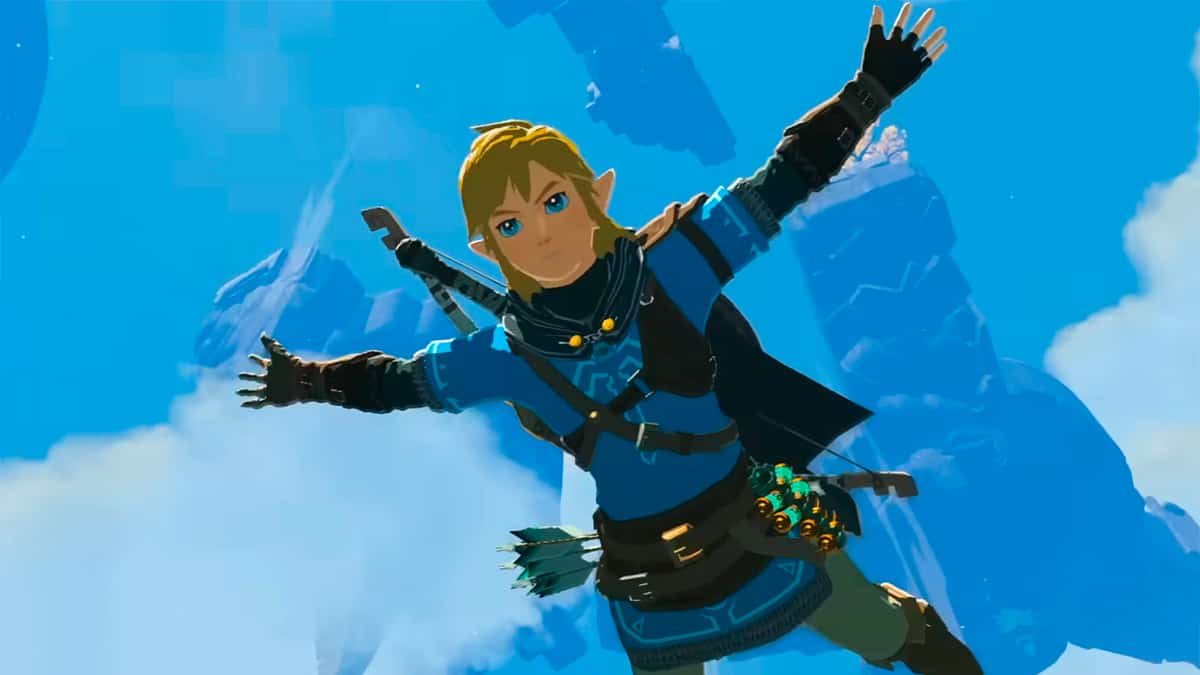
Since his debut in 1986, he has protected the kingdom of Hyrule against evil forces, especially the recurring villain Ganon. Created by Shigeru Miyamoto, Link is a symbol of courage, wisdom and loyalty, usually recognized for its characteristic green costume.
Over the decades, and even without saying a word, he expresses determination in facing powerful enemies, solving complex puzzles and exploring caves and temples full of mysteries.
His versatility is striking: he has already used bomerangues, arches, shields, musical instruments – and even turned into a wolf into “Twilight Princess.”
Despite their constant visual transformations throughout games, certain elements remain essential: their connection with Princess Zelda, her mission to save the world and her fearless nature.
His presence in games, animations and manga has already assured him a permanent place in the imagination of fans and in the history of video games.
4. Ellie Williams
Ellie Williams, initially presented in the comics “The Last of Us: American Dreams”, won the public’s heart in the 2013 game.
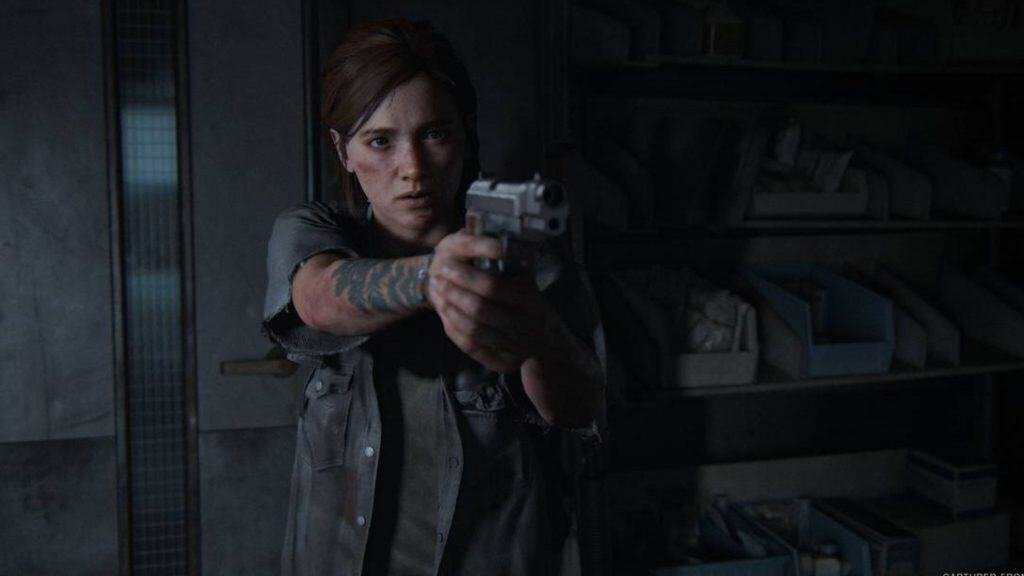
Immune in a world devastated by the apocalypse, it begins as a key piece for a possible healing, but soon stands out for its personality. Its trajectory, marked by loss and ripening, is enhanced by the performance of Ashley Johnson, who gave life to one of the most striking figures of video games.
Throughout the franchise, including DLCs, “The Last of Us Part II” and HBO adaptation in 2023, Ellie became an icon, especially acclaimed by the LGBTQia+community.
Its emotional evolution, resilience and complexity make your story engaging and human. Even in his darker moments, Ellie remains captivating, and her presence remains essential to the identity of the saga.
Read more:
3. LARA CROFT
Lara Croft emerged in 1996 as the protagonist of “Tomb Raider”, quickly becoming one of the biggest video game icons.
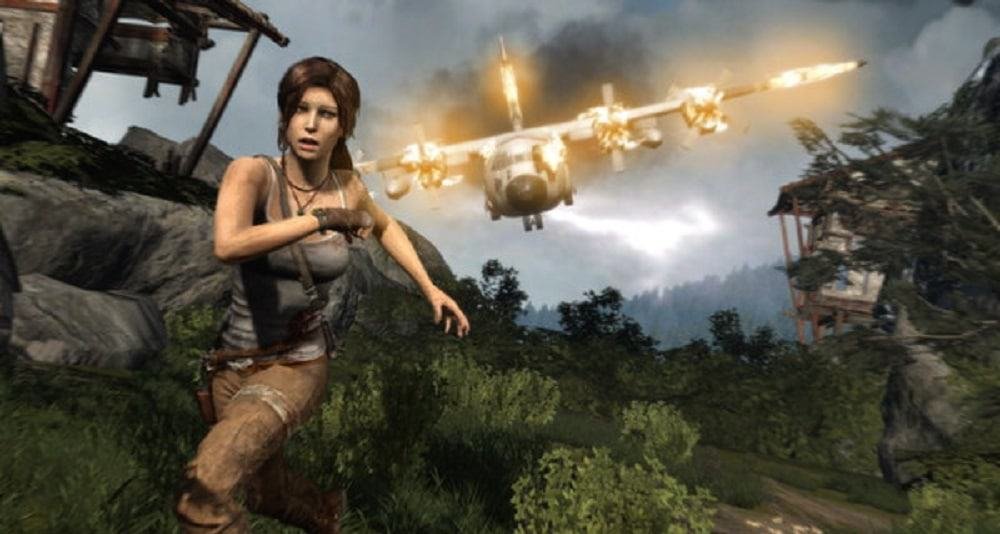
With her remarkable aesthetics and fearless attitude, she represented a new era of games, where three -dimensional graphics gained prominence. Although his visual appeal has drawn attention, it was his courage, intelligence and adventurous style that guaranteed his place in the collective imagination.
During the 1990s, Lara became a symbol of opposite trends: female empowerment and visual exploration. While magazines exalted her for her sex appeal, many critics pointed to exaggeration as a cultural problem.
Still, his image grew beyond that, being compared to figures such as James Bond, with a mixture of charm, strength and independence that marked a generation of players.
The character has undergone a great revamination with the franchise’s reboot in 2010, gaining more emotional depth and a more human past – and even with changes in appearance and history, its essence remained.
Outside the games, the character was played at the cinema by Angelina Jolie and Alicia Vikander, consolidating Lara as a cultural icon inside and outside the screens.
2. Sonic
Sonic emerged in 1991 as Sega’s big bet to compete directly with Nintendo’s mascots, especially Mario.
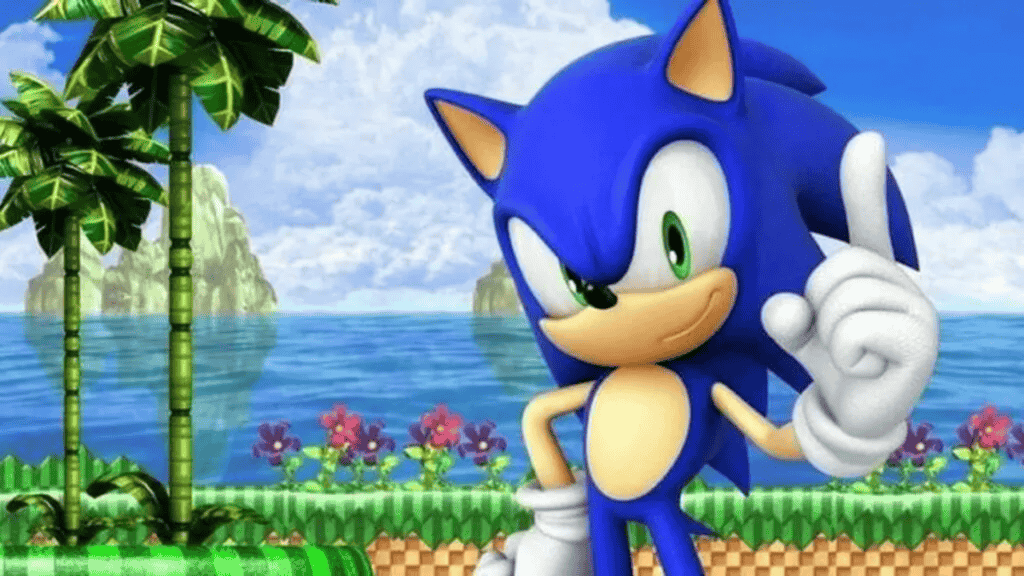
Contrary to the rival’s most familiar approach, Sonic brought speed, attitude and a bold style that won an older audience. With its remarkable look and rebellious personality, the blue hedgehog has become a symbol of the 90s gaming age.
The choice for a hedgehog was bold, surpassing initial ideas that included rabbits and even armadillos.
With over 100 games released on various platforms, from classic consoles to smartphones, Sonic surpassed the universe of video games, appearing in cartoons and one (controversial) Live-action film, further consolidating its appeal between generations.
Despite changes over the years, Sonic remains a dear figure by players who have grown with his adventures. Its accelerated gameplay, engaging soundtrack and friendship and overcoming message remain strengths.
1. Mario
Mario, the mustaded plumber of a red cap, made his debut in “Donkey Kong” (1981) as “Jumpman”, but would soon become Nintendo’s trademark.
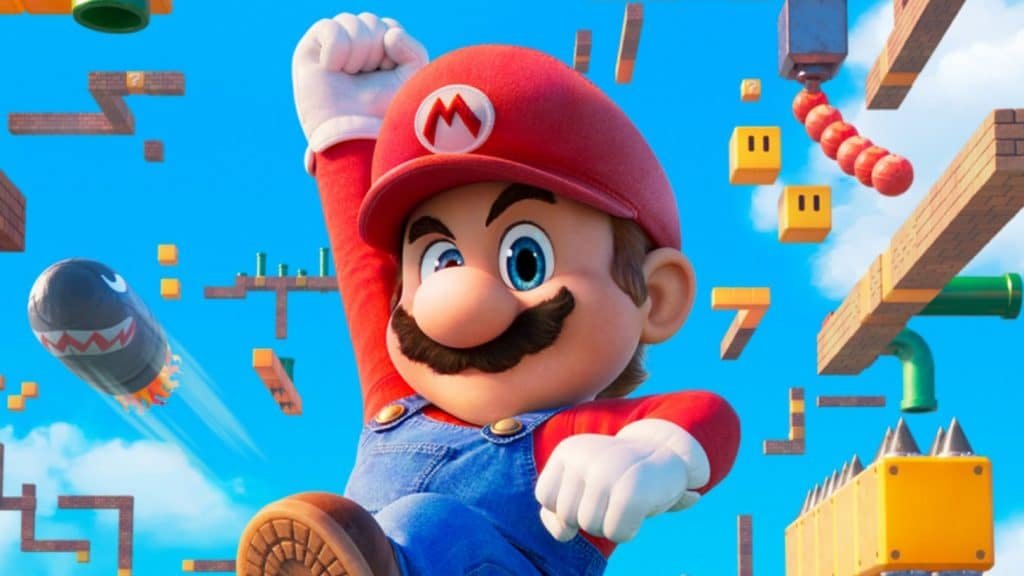
Created by Shigeru Miyamoto, Mario was originally designed to replace classic characters like Popeye.
Since then, he has starred in more than 200 games, many of them pioneers in their genres, and has also been consolidated as one of the most recognizable figures in world pop culture.
Over the decades, Mario has constantly reinvented himself. Be rescuing Princess Peach, running on the crazy tracks of “Mario Kart” or exploring worlds in “Super Mario Odyssey”, he continues to captivate audiences of all ages.
Its visual simplicity, combined with undeniable charisma and an optimistic proposal, has made Mario a symbol of fun and innovation in video games.
Even after more than 40 years of history, Mario’s legacy remains in full shape. With thematic parks, starry movies and new games being released, the Italian plumber remains relevant as never before.
His ability to adapt and delight generations makes him not only the Nintendo mascot, but the true king of video games.